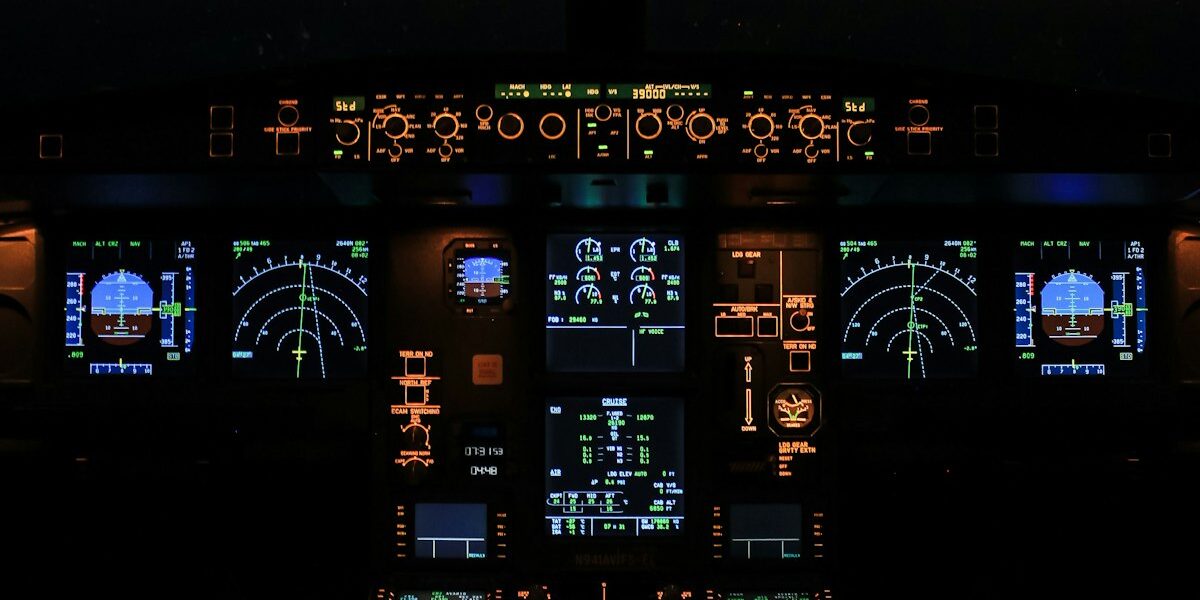
Jet A Price Per Gallon
Jet A Price Per Gallon
Jet A fuel is a type of aviation turbine fuel. It’s mainly used in commercial aviation. Its pricing per gallon is a key interest for airlines, operators, and private pilots. Understanding these prices involves a detailed look into various factors.
Crude Oil Prices
Crude oil is the foundational resource for Jet A fuel. Fluctuations in crude oil prices directly affect Jet A fuel costs. When oil prices rise, so does the cost per gallon of Jet A. Conversely, when oil prices fall, Jet A typically becomes cheaper.
Refining Process
The refining process of turning crude oil into Jet A fuel involves several stages. Distillation separates crude oil into its components. Further refining removes impurities and unwanted compounds. These processes require both time and resources. Higher efficiency in refining can lead to reduced costs, which might reflect in the price per gallon.
Distribution and Transportation
Once refined, Jet A fuel must be transported to airports and storage facilities. Transportation costs can include pipeline fees, rail transport, and truck deliveries. Distribution logistics also add to the ultimate price per gallon. Efficient transport networks help keep these costs manageable.
Market Demand
Demand for Jet A fuel can vary. High travel seasons increase demand, often driving prices up. Conversely, a decline in air travel reduces demand, which can lower prices. Market speculation also plays a role. Future predictions of travel can affect present fuel prices.
Geopolitical Factors
Global political stability can influence Jet A fuel prices. Conflicts or tensions in oil-producing regions can disrupt supply. Sanctions on oil-producing countries can reduce available crude oil, increasing prices. Political relations and policies towards energy significantly impact fuel costs.
Currency Exchange Rates
Oil transactions typically occur in U.S. dollars. Fluctuations in currency exchange rates can impact fuel costs for non-U.S. airlines. A stronger U.S. dollar makes fuel more expensive for foreign buyers, while a weaker dollar can reduce costs.
Regulatory Environment
Government regulations on fuel standards and emissions affect production costs. Compliance with environmental laws can require additional refining steps. This can increase the price per gallon of Jet A fuel. Subsidies and tax incentives can have opposite effects, potentially lowering costs.
Technological Advances
Improvements in refining and transportation technology can decrease costs. Fuel-efficient engines reduce consumption, indirectly impacting demand and prices. Innovations in renewable aviation fuels may also shift future pricing dynamics.
Storage Costs
Storing Jet A fuel incurs costs for tanks, safety measures, and maintenance. Adequate storage facilities are crucial to meet fluctuating demand. Efficient storage management helps in keeping associated costs down.
Hedging Strategies
Airlines often use hedging to manage fuel price volatility. They lock in prices for future fuel purchases through contracts. Effective hedging strategies can stabilize operating costs and allow more predictable budgeting.
Regional Price Variations
The price per gallon of Jet A fuel can differ regionally. Factors such as local taxes, transportation logistics, and supply chain efficiencies contribute. Some regions may benefit from proximity to refining facilities, reducing transportation costs.
Environmental Impacts
Concerns about environmental impacts influence fuel pricing. Efforts to reduce carbon emissions and develop sustainable aviation fuel (SAF) play roles. Investments in cleaner technologies might increase short-term costs but can lead to long-term savings.
Future Trends
Anticipating future trends in aviation fuel involves analyzing numerous variables. Technological advances, geopolitical stability, and evolving regulations all contribute. Keeping abreast of these factors is essential for stakeholders in the aviation industry.
Jet A fuel pricing is complex but manageable with proper knowledge and strategies. Understanding these various factors helps in making informed decisions and planning effectively for the future.


Subscribe for Updates
Get the latest articles delivered to your inbox.
We respect your privacy. Unsubscribe anytime.